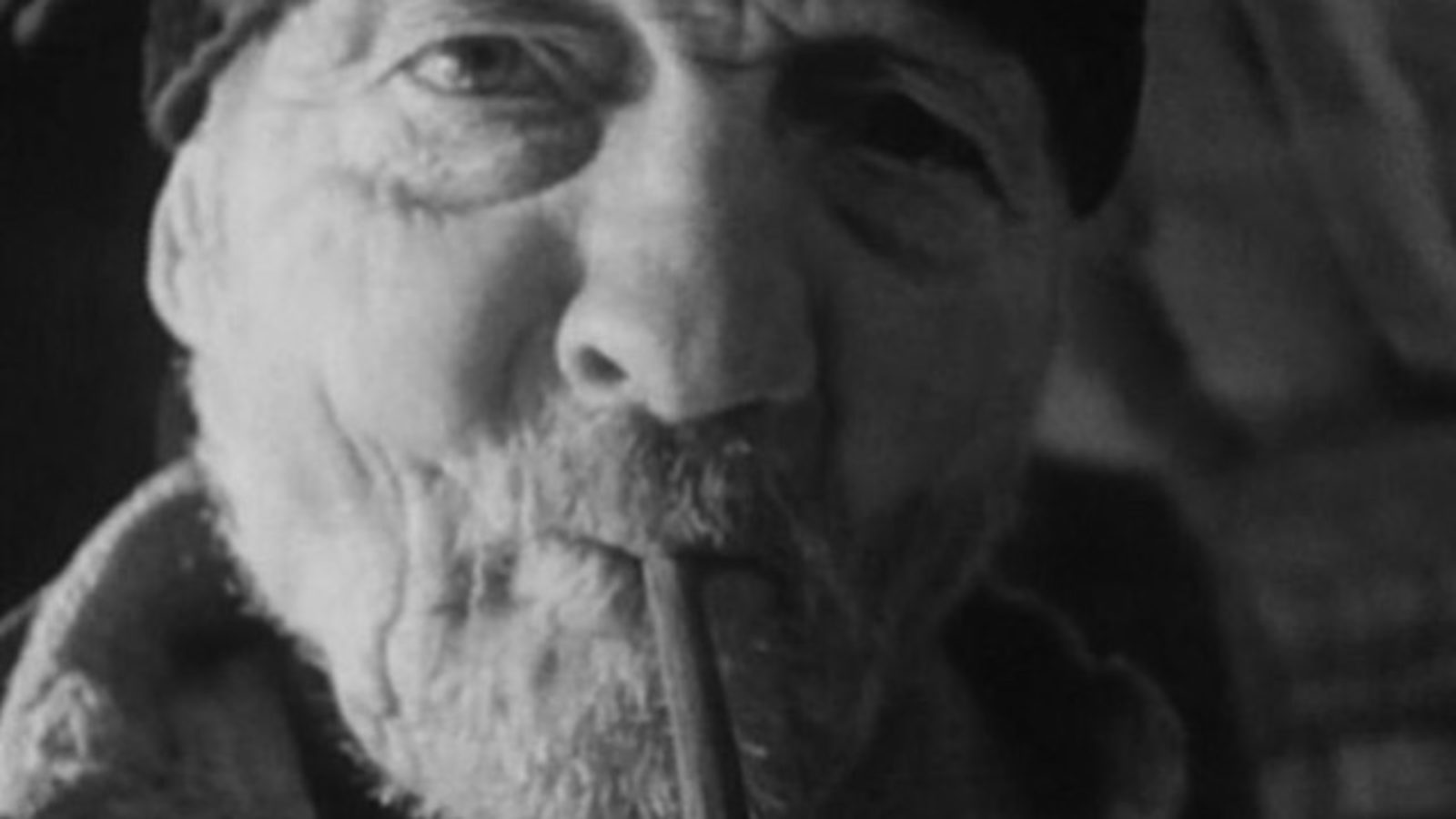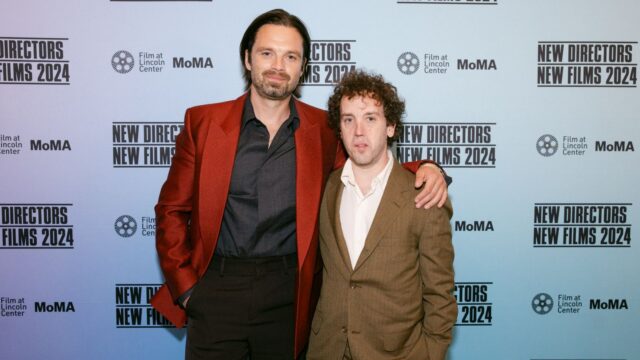Jakub
Jana Ševčíková’s portrait of Jakub Popovich is a stirring look at the lives of the Ruthenians, a community based in Northern Romania and Western Bohemia that held together amidst 50 years of political upheaval and revolution. Ševčíková began filming two years before the ouster of Ceauşescu in 1989 and completed the project in 1994, emphasizing the fast-changing milieu around this marginalized community.
Screening with:
Old Believers (Staroverci)
Jana Ševčíková | Czech Republic | 2001 | 35mm | 46m
Time seems to have stopped in the forsaken Romanian village of the Danube Delta where the Russian emigrants of a minority faith settled during the 17th century and Ševčíková spent five years documenting their intimate community for Old Believers. The residents have preserved the archaic language and strictly adhere to the traditions of their oldest ancestors, while the almost meditative rhythm of the place gives a transcendental significance to even the most ordinary everyday tasks.
Focus on the Sensory Ethnography Lab
In a mere eight years, the Sensory Ethnography Lab at Harvard University has gone from an unusually ambitious academic program to one of the most vital incubators of nonfiction and experimental cinema in the United States. Lucien Castaing-Taylor established the SEL in 2006 on the premise that documentary and art are not mutually exclusive and that the intensive fieldwork of anthropology could nourish both. In practice this means rejecting the laziest devices in the contemporary documentarian’s tool kit: reductive story arcs, infantilizing voiceovers and talking heads, manipulative music cues. It also reconnects documentary to the work of such pioneers as Robert Flaherty and Jean Rouch, and indeed to the medium’s eternal promise as an instrument for both capturing reality and heightening the senses. The films in this selection, including work produced at the SEL and work that inspired SEL makers, attest to the aspirations of sensory ethnography: to experience the world, and to transmit some of the magnitude and multiplicity of that experience. Presented in collaboration with the 2014 Whitney Biennial.
Focus on the Sensory Ethnography Lab
In a mere eight years, the Sensory Ethnography Lab at Harvard University has gone from an unusually ambitious academic program to one of the most vital incubators of nonfiction and experimental cinema in the United States. Lucien Castaing-Taylor established the SEL in 2006 on the premise that documentary and art are not mutually exclusive and that the intensive fieldwork of anthropology could nourish both. In practice this means rejecting the laziest devices in the contemporary documentarian’s tool kit: reductive story arcs, infantilizing voiceovers and talking heads, manipulative music cues. It also reconnects documentary to the work of such pioneers as Robert Flaherty and Jean Rouch, and indeed to the medium’s eternal promise as an instrument for both capturing reality and heightening the senses. The films in this selection, including work produced at the SEL and work that inspired SEL makers, attest to the aspirations of sensory ethnography: to experience the world, and to transmit some of the magnitude and multiplicity of that experience. Presented in collaboration with the 2014 Whitney Biennial.







